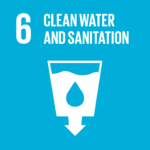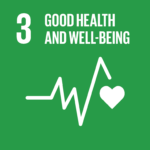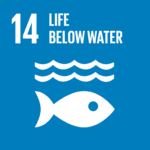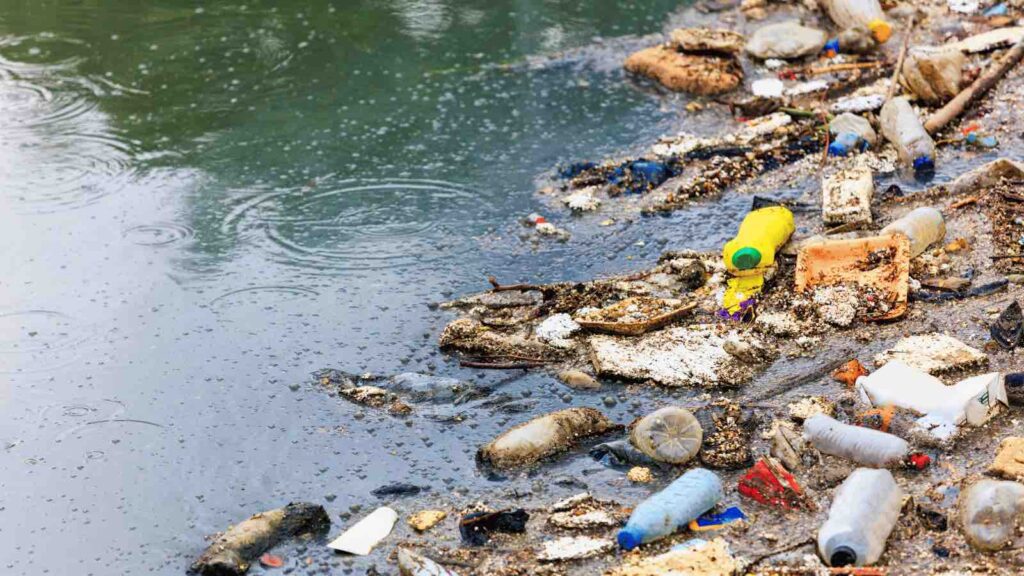What are the viable solutions to address the waste and water crises in Indonesia and the Philippines?
In the Philippines, a pressing environmental conundrum intertwines water and waste, presenting a challenge of national proportions. This nexus is evident in the daily lives of up to 20 million Filipinos who rely on products packaged in sachets, contributing to a staggering generation of 160 million plastic sachets each day.
RELEVANT SUSTAINABLE GOALS




The situation is further compounded by the fact that up to 40 million Filipinos lack access to clean and safe water. This crisis is set against a backdrop of rapid population growth, unsustainable production and consumption patterns, and the looming threat of El Niño, which exacerbates water scarcity.
The synergy between national and local governments is pivotal in addressing these issues, but it requires a collaborative effort to protect our vital water sources, which are essential for the economy and people’s livelihoods. A crucial aspect of safeguarding these water sources is preventing their contamination by waste.
Water Stress in Indonesia
In Indonesia, the situation mirrors these challenges. Budi Santoso Wignyosukarto, a hydraulic engineering expert at Gadjah Mada University in Yogyakarta, highlights the region’s vulnerability to climate change, which is leading to less predictable weather patterns and increased strain on dams crucial for irrigation, drinking water, and electricity generation. Budi emphasizes the need for Indonesia to adapt to these changes by enhancing its resilience, suggesting the construction of optimized reservoirs and dams to better manage extreme rainfall.
Evi Anggraheni, a lecturer in water resource management at the University of Indonesia, concurs, pointing out that climate change-induced extreme rainfall causes erosion in upstream areas, leading to sedimentation in dam reservoirs. This sedimentation is a growing concern for the maintenance and efficiency of these crucial infrastructures.
Water X Waste Nexus Crisis in The Philippines
In the Philippines, the Biodiversity Management Bureau reports 39 water storage areas or dams, with nine major dams under the close watch of the Philippine Atmospheric, Geophysical and Astronomical Services Administration (PAGASA), especially during typhoons. While dams are seen as solutions to water and energy issues, they also pose environmental risks and challenges to indigenous communities. Franz Kevin Geronimo, a Philippine consultant for the World Water Council, warns that intensifying rainfall will require dam operators to release water more frequently to prevent breaches. He advocates for exploring alternatives like solar panels and hydrogen fuel for energy, and rainwater harvesting, wastewater recycling, and groundwater utilization for addressing water scarcity.
The Philippines has legislation in place, such as the Rainwater Collector and Springs Development Act, mandating the construction of rainwater collectors to mitigate flooding. However, these measures alone might not suffice to match the scale provided by dams.
As we confront these environmental challenges, the dialogue remains open: what are the viable solutions to address the waste and water crises in Indonesia and the Philippines?
You may also be interested in :
Climate Change Amplifies Droughts in Asia : Pushing Millions Into Crisis



